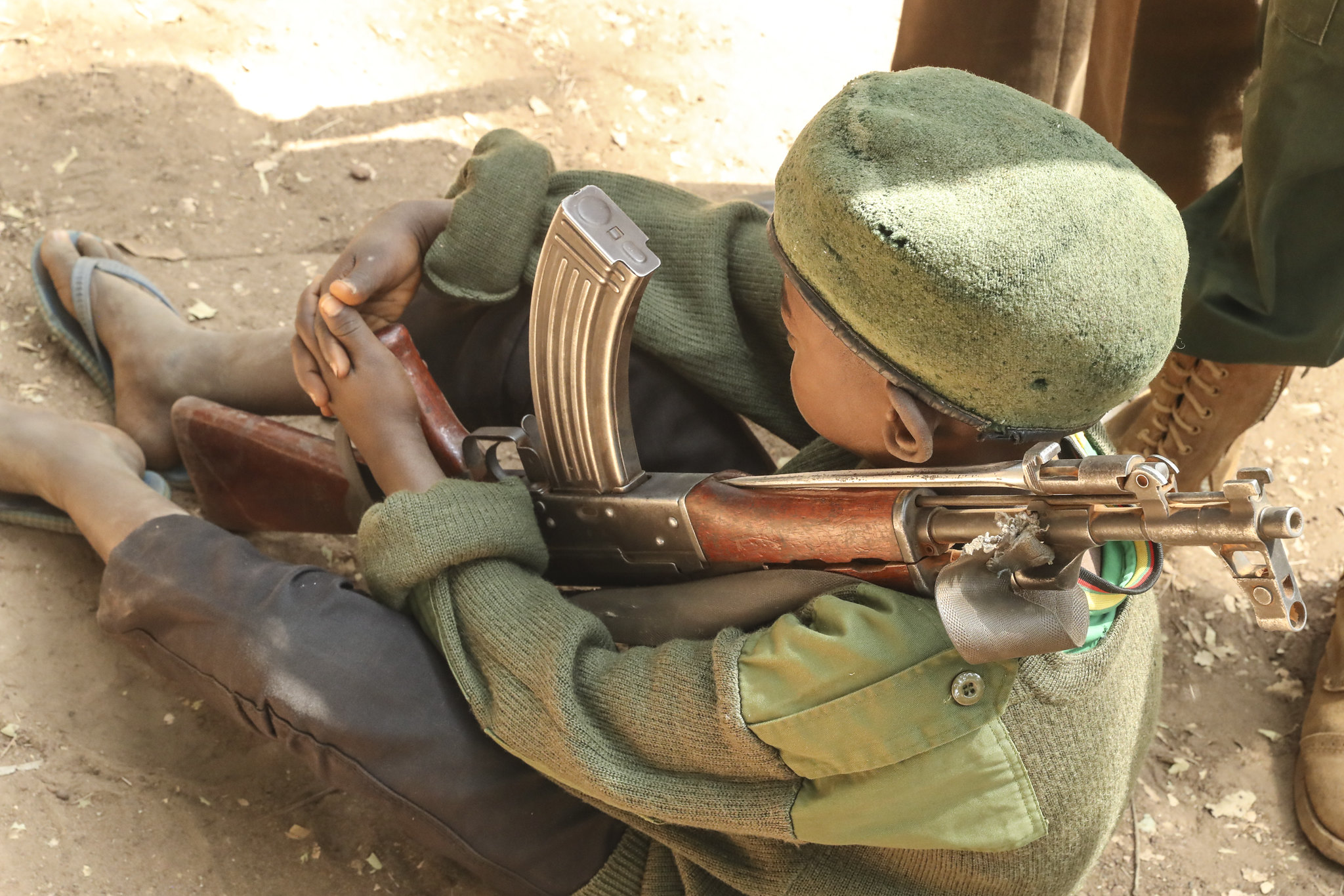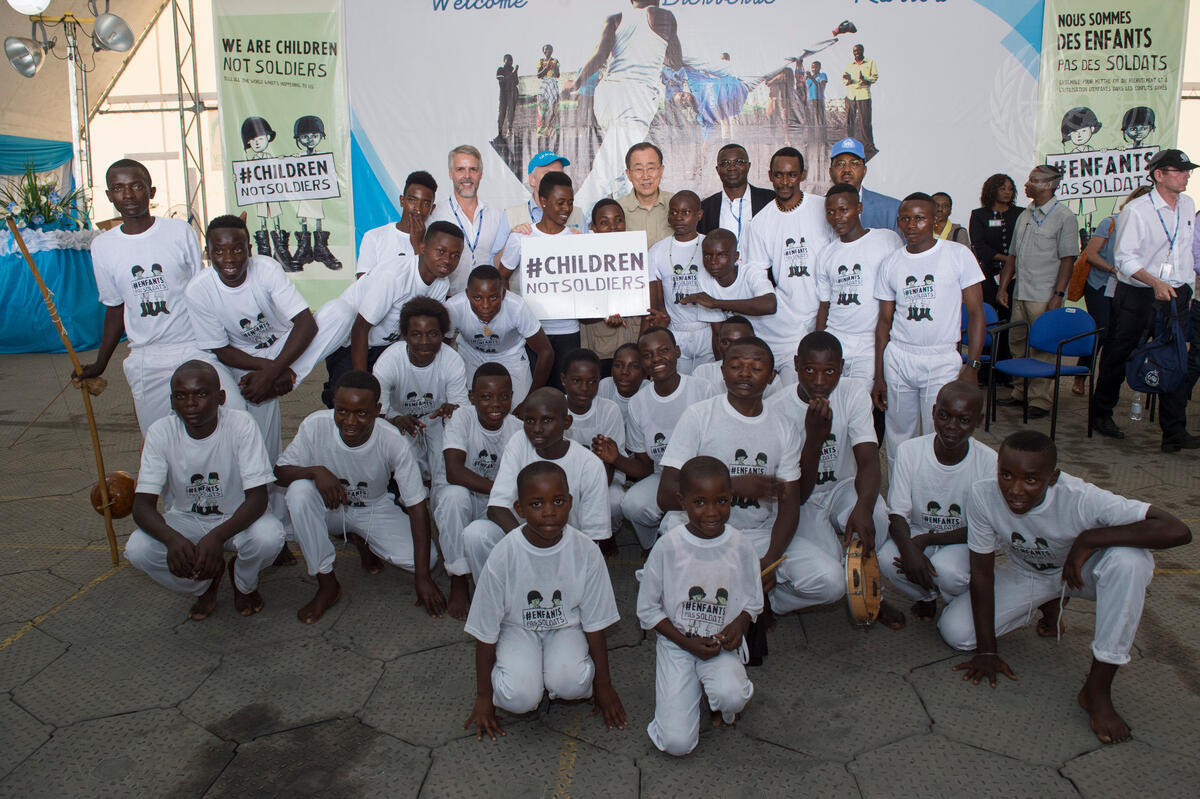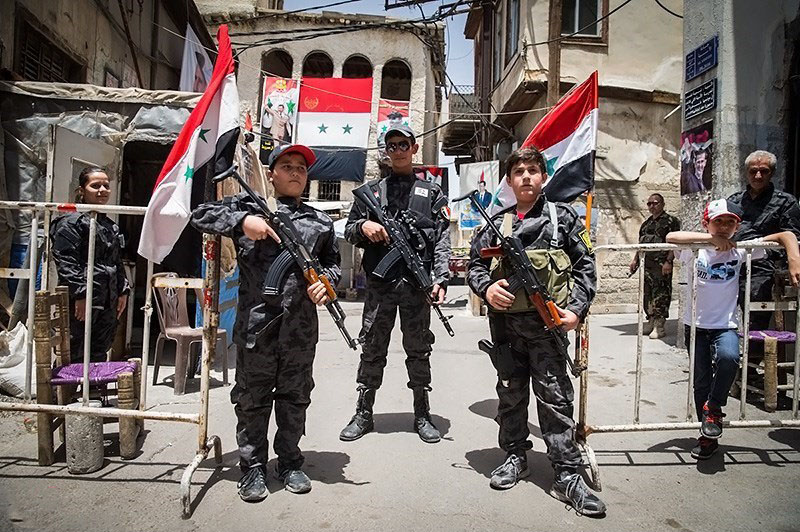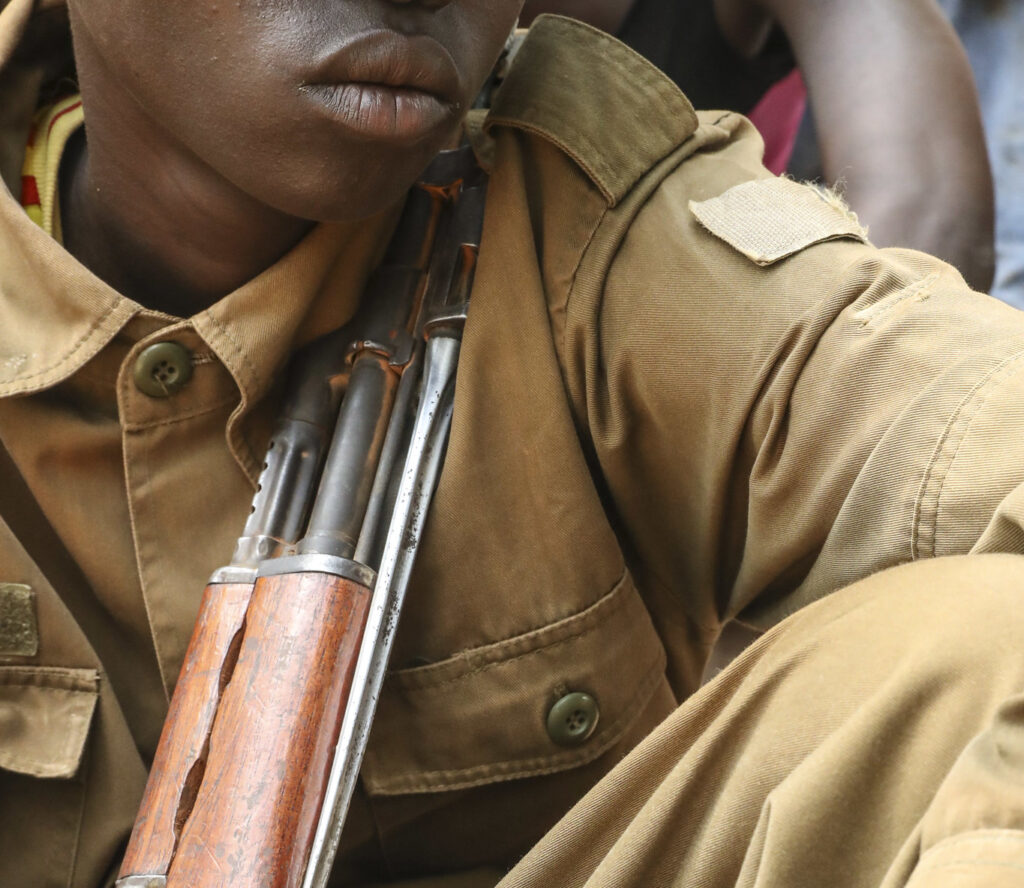- Trade
& TechnologySecurity
& StrategyHuman Security
& GovernanceClimate
& Natural Resources - About StimsonTransparencyPeople
- Find ResearchResearch, programs and projects, events, and institutional information.Find ExpertsStaff and affiliates by name or research area.
Waiving Away the Problem
How US Presidents Have Let Countries Complicit in Child Soldiering Off the Hook
Leveraging new data to examine the nexus between U.S. arms sales, military assistance, and child soldiers




